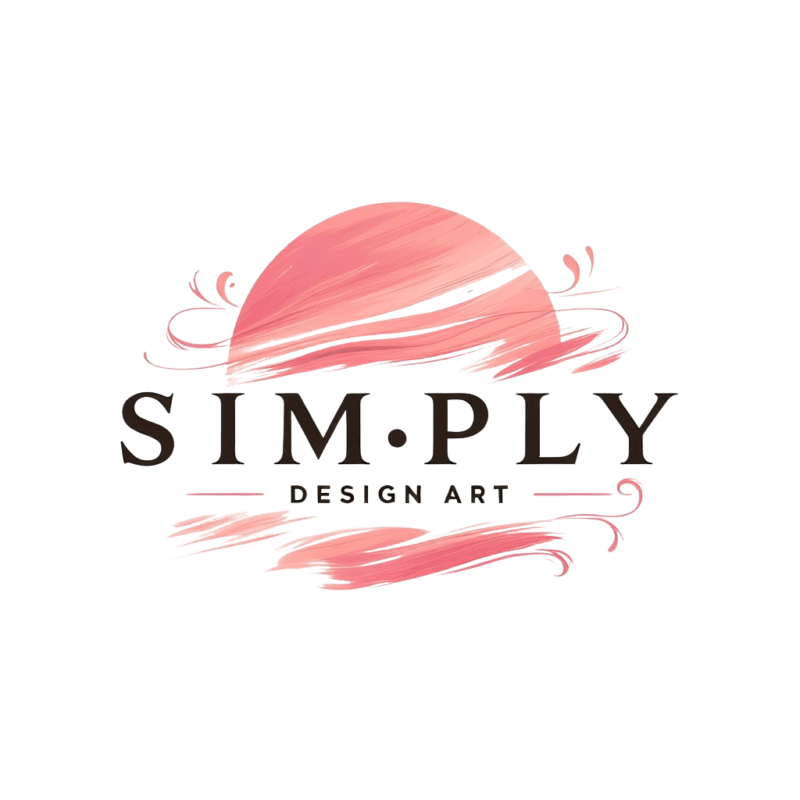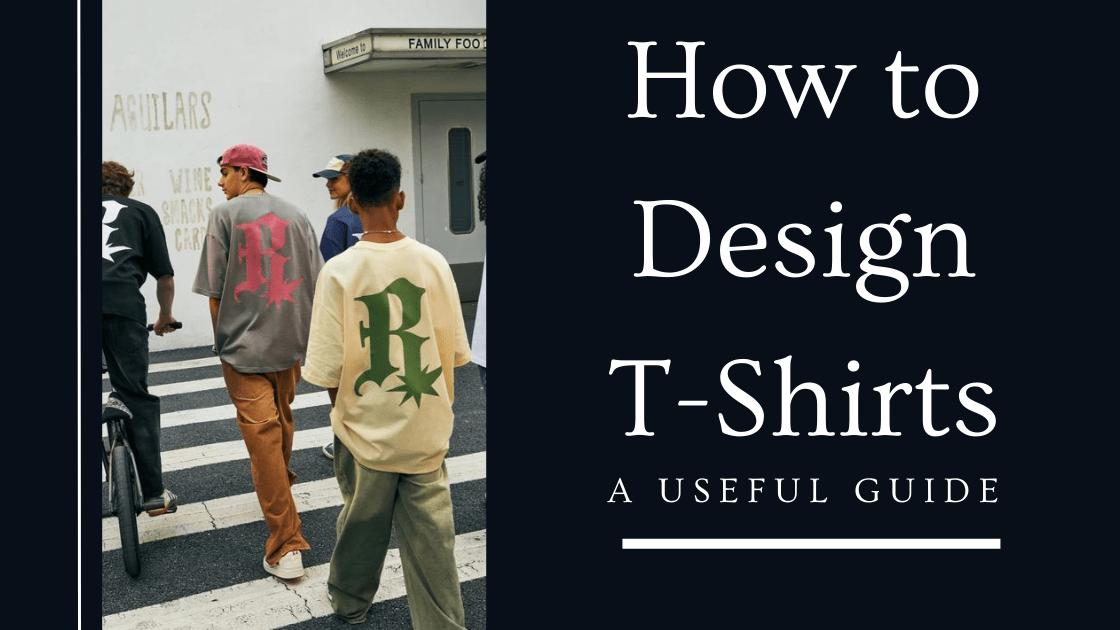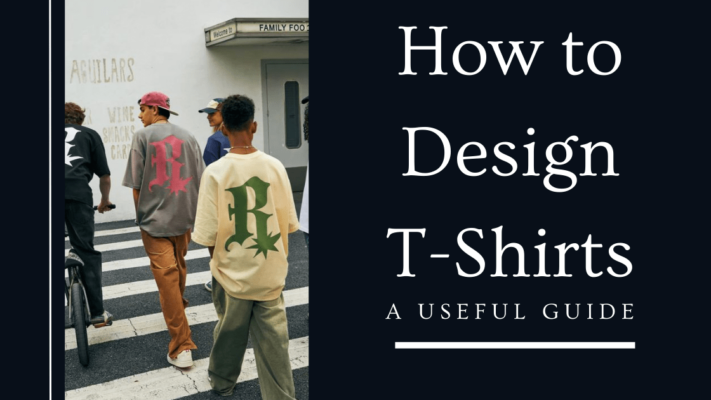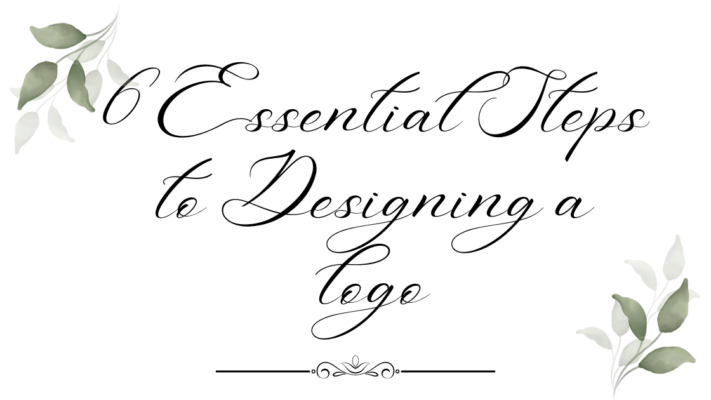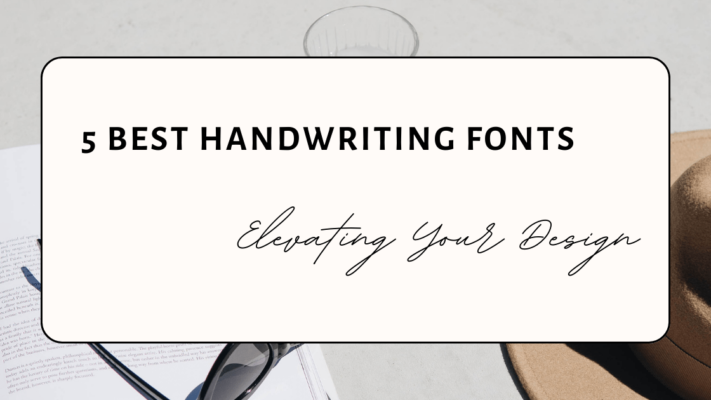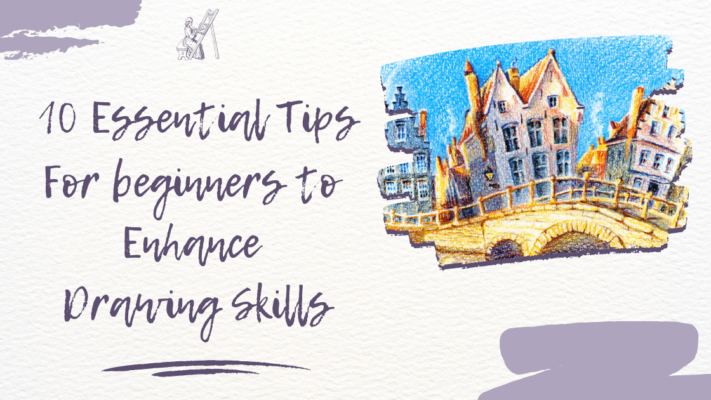Contents
How to design t-shirts that stand out from the crowd and capture attention is an essential skill in the realm of fashion. How to design t-shirts effectively is a question that resonates deeply in the fashion industry. T-shirts, renowned for their versatility and widespread appeal, serve as a prime medium for showcasing personality, promoting brands, or advocating for causes. In this article, we’ll delve into various strategies and techniques for mastering the art of designing t-shirts, encompassing everything from selecting the right tools and materials to conceptualizing compelling slogans and crafting visually striking graphics.
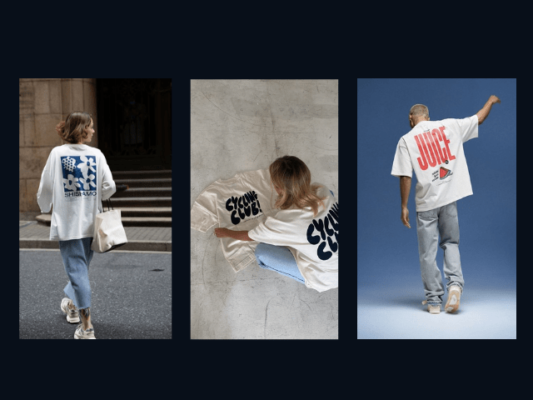
Step 1: Find the Design T-Shirt Tool
The first step in how to design t-shirts is to choose a tool that suits your needs and preferences. There are many options available, from online design generators to professional graphic design software. Here are some of the pros and cons of each:
– Online design generators: These are websites or apps that allow you to create t-shirt designs using pre-made templates, fonts, graphics, and colors. They are easy to use, fast, and convenient, but they may limit your creativity and originality. Some examples of online design generators are Canva, Placeit, and TeeSpring.
– Graphic design software: These programs let you create t-shirt designs from scratch, using your images, text, shapes, and effects. They offer more flexibility and control, but they may require more skills and time to learn and use. Some examples of graphic design software are Photoshop, Illustrator, and GIMP.
Step 2: Choose Your T-shirt material and Style
The next step to designing a t-shirt is to choose the material and style that best fits your purpose and audience. The material and style of your t-shirt can affect your design’s quality, comfort, durability, and appearance. Here are some factors to consider:
– Material: The most common materials for t-shirts are cotton, polyester, or a blend of both. Cotton is soft, breathable, and natural, but it may shrink, fade, or wrinkle over time. Polyester is synthetic, durable, and resistant to wrinkles and stains, but it may be less comfortable and more prone to pilling. A blend of cotton and polyester can offer the best of both worlds, with a balance of comfort and durability.
– Style: The most common styles for t-shirts are crew neck, v-neck, or scoop neck, with short, long, or sleeveless sleeves. The style of your t-shirt can affect the fit, look, and feel of your design. For example, a crew neck t-shirt can be more classic and casual, while a v-neck t-shirt can be more modern and flattering. A short-sleeved t-shirt can be more versatile and suitable for any season, while a long-sleeved t-shirt can be more cozy and warm.
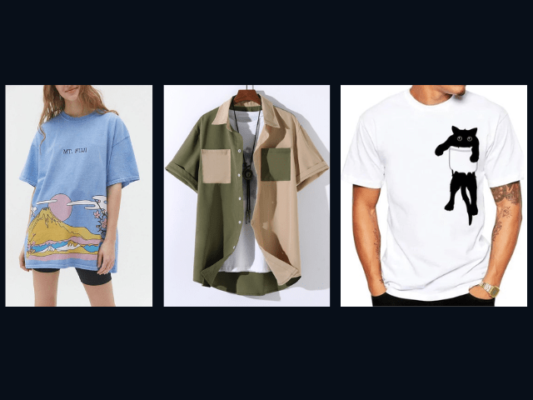
Step 3: Choose Your T-Shirt Color and Size
The third step to designing a t-shirt is to choose the color and size that match your design and target market. The color and size of your t-shirt can influence the mood, message, and visibility of your design. Here are some tips for choosing the right color and size for your t-shirt:
– Color: The color of your t-shirt can affect the contrast, harmony, and readability of your design. For example, a dark color t-shirt can make a light color design pop, while a light color t-shirt can make a dark color design stand out. A complementary color scheme can create a vibrant and eye-catching effect, while a monochromatic color scheme can create a subtle and elegant effect. A simple rule of thumb is to choose a color that complements your design, not compete with it.
– Size: The size of your t-shirt can affect your design’s fit, comfort, and appeal. For example, a too-small t-shirt can be tight and uncomfortable, while a too-large t-shirt can be loose and sloppy. A fitted t-shirt can be more flattering and stylish, while a relaxed t-shirt can be more casual and cozy. A simple rule of thumb is to choose a size that fits your body type, not your ego.
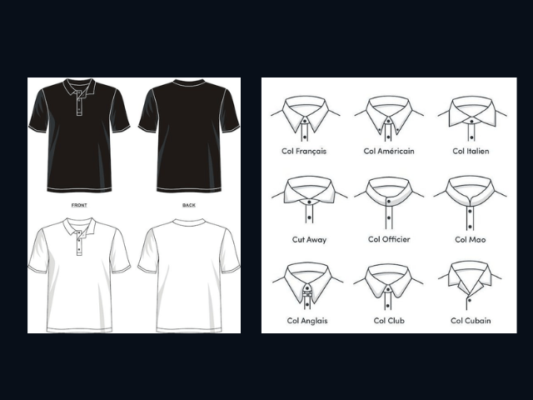
Step 4: Choose Your T-shirt slogan and Graphic
The fourth and final step in how to design t-shirts is to choose the slogan and graphic that convey your message and personality. The slogan and graphics of your t-shirt can make or break your design, as they are the main elements that attract attention and communicate your idea. Here are some guidelines for choosing the right slogan and graphic for your t-shirt:
– Slogan: The slogan of your t-shirt should be catchy, memorable, and relevant to your theme and audience. It should be short, simple, and clear, with no more than 10 words. It should also be original, creative, and witty, with no spelling or grammar errors. Some examples of good slogans are “Just Do It” (Nike), “I’m With Stupid” (Funny), and “Save The Whales” (Environmental).
– Graphic: The graphic of your t-shirt should be attractive, meaningful, and compatible with your slogan and color. It should be high-quality, high-resolution, and high-contrast, with no pixelation or blurriness. It should also be original, creative, and appropriate, with no plagiarism or offense. Some examples of good graphics are logos, icons, illustrations, and photos.
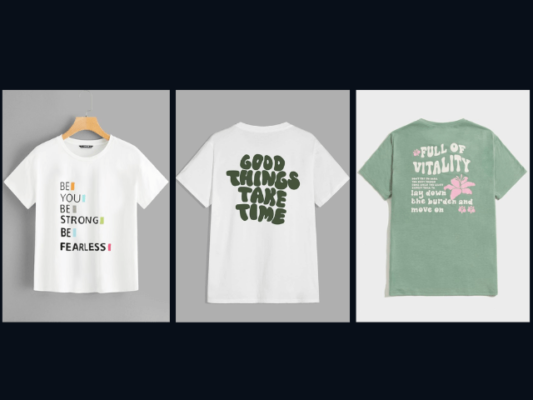
And that’s it! You have just learned how to design t-shirts in four easy steps. Now you can print your t-shirt design and wear it proudly, or sell it online and make some money. Either way, you have created a unique and personal piece of clothing that reflects your style and voice. Congratulations!
Related Posts
- Mastering Color: A Comprehensive Guide to Changing SVG Colors
- The Magic of Sublimation Printers
- Animation Software Options For Creating Anime
